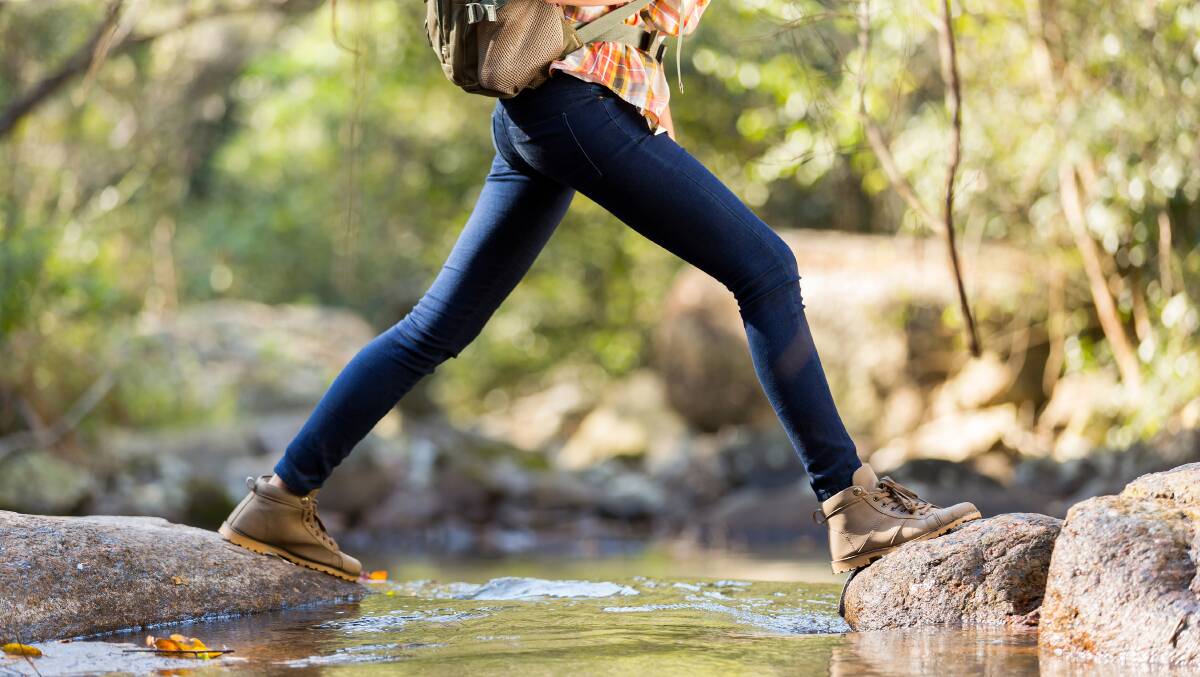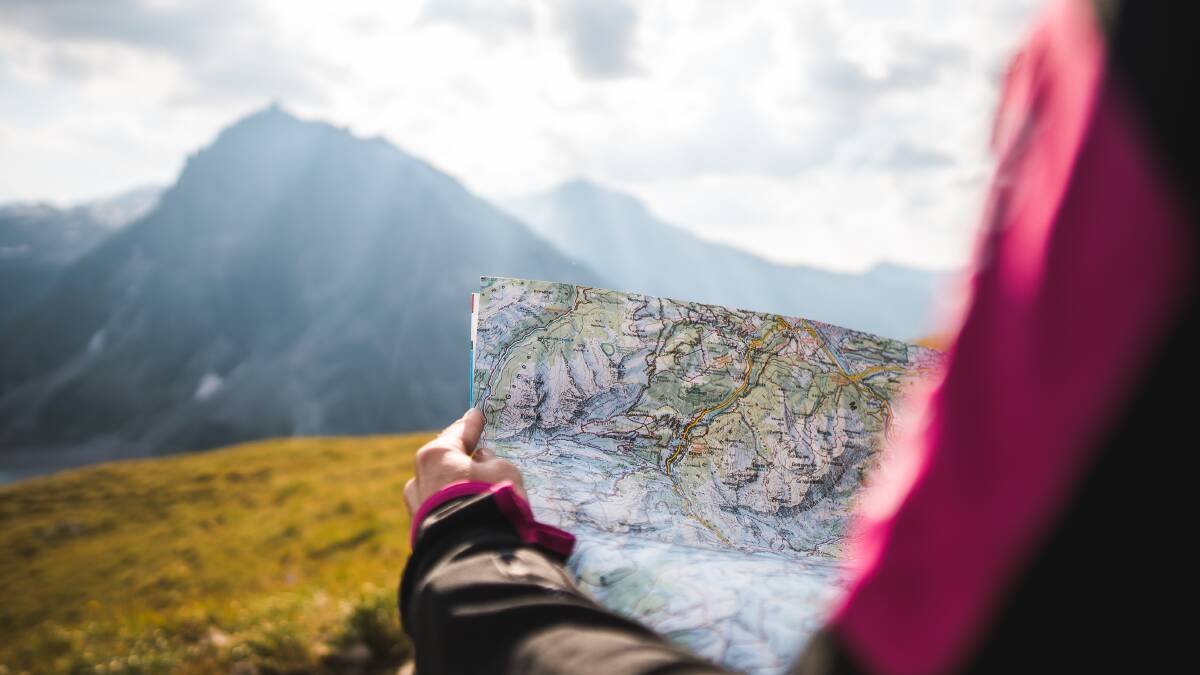
A recent survey by Sport Australia showed that walking is the number one activity for people over 35, while bushwalking was ranked number eight in the top 20 sports and physical activities undertaken by Australians.
Subscribe now for unlimited access.
or signup to continue reading
According to the survey, there are 1,189,493 bushwalkers in Australia. (Don't ask me how they arrived at such a precise number!)
One of the beauties of bushwalking is that you don't need any special skills; you just have to be able to walk and to know where you are. If you would like to join the 1,189,493 bushwalkers out there, here are few simple tips to make for a safe and fun bushwalk.

Pick a hike to suit: When starting out it's important to recognise your limitations. "Small steps" is a good rule. Choose a hike that isn't too long and doesn't have too much elevation gain. If just starting out, choose a hike under 10 kilometres.
Dress appropriately: Do not, I repeat, do not wear jeans. Not only can they cause chafing, but once wet they become cold and heavy. Choose clothing that has wicking qualities.
Carry a back pack: You should carry more than just a water bottle. A light-weight day pack means you can also carry a basic first aid kit, a rain jacket, snack food, thermals, toilet paper and trowel.
Use a map: Study a map (ideally a topographical one) so you know what to expect - features such as streams and rivers, uphill sections (indicated by contour lines close together), and landmarks. Most smart phones have GPS built in, but they're easy to drop, shatter, get wet and run out of battery.
Do some preparation: If you plan to hike in a national park, it's worthwhile giving the appropriate authority a call to check that where you plan on walking is open and accessible. I've had the occasion where I've had to add an extra six kilometers to my hike because a locked gate meant I couldn't drive to the trail head.
Tell someone: A basic rule that all hikers should follow. It can be as simple as a text message to a friend or relative. Don't forget to let them know when you expect to be back.
It's not a race: Steady is better than quick. Better to conserve your energy, especially on a long hike. If you're in a group, stay together, but if you do split up remember the other rule - wait and regroup at all track junctions. Hiking at a leisurely pace means you have the time to soak up the great outdoors, to smell the roses and to chill out.
Watch your feet: If you don't check where you're putting your feet you could end up ruining your day by twisting an ankle, slipping on a rock, tripping on a root, or stepping on a snake. Be conscious of where you're walking, especially if chatting or tired.
Track etiquette: Hikers going uphill have right of way; move to the side to let them pass. Say a simple "G'day" when passing other hikers, it doesn't hurt to be polite.
Don't wear headphones or earbuds: You're out there to commune with nature for goodness sake. (Same goes with the use of mobile phones.)
Stay on track and help protect the environment: Don't take shortcuts. Take your rubbish with you; this includes banana skins, apple cores and orange peels. Carry a bag to stuff your rubbish in, and any rubbish you find on the track.

